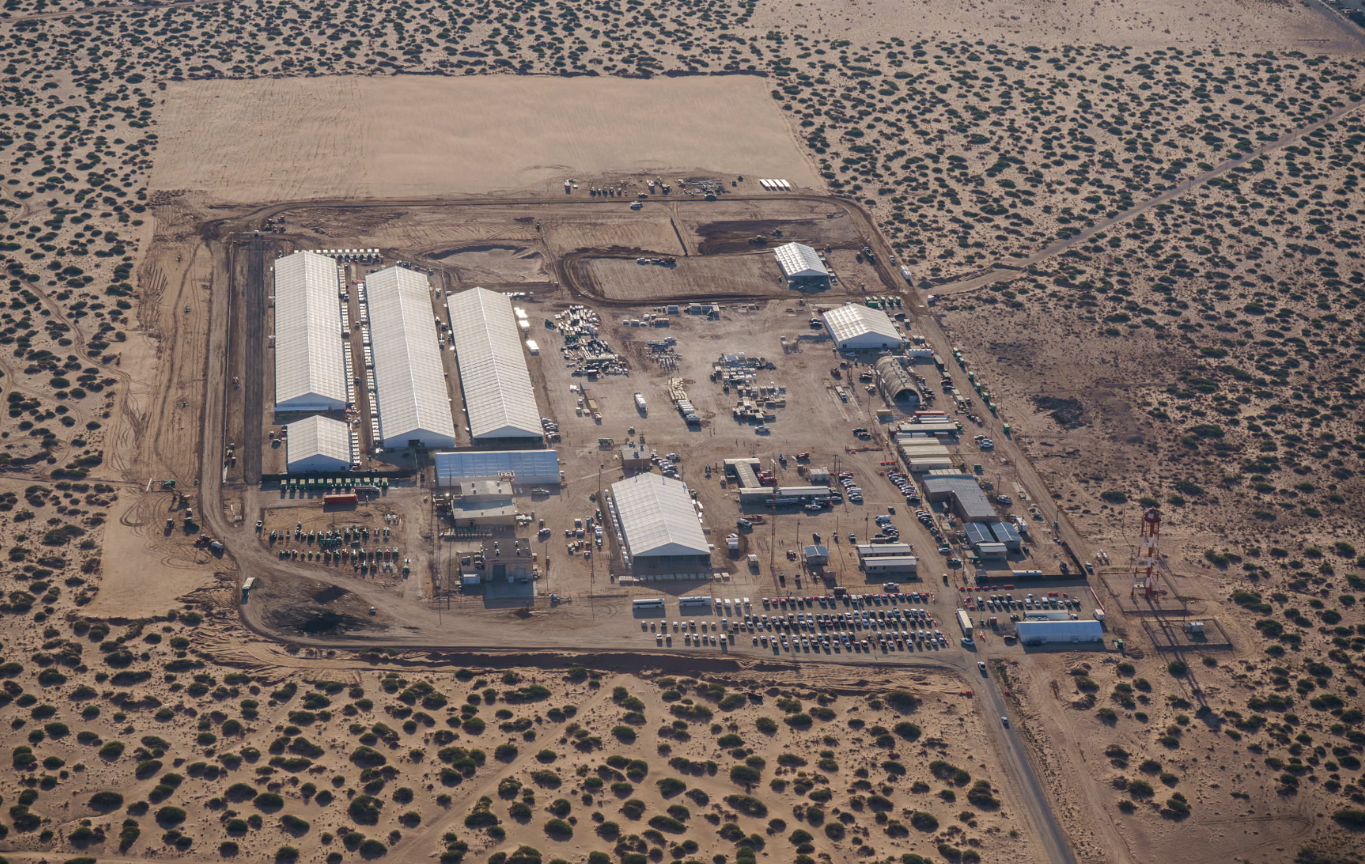It’s no wonder that families across the U.S. are struggling to pay for child care at the same time as other basic needs. Child care costs rose an incredible 220 percent between 1990 and 2021, leaving many caregivers struggling to pay fees that average $10,600 per child per year.
This sum, of course, is far beyond the reach of low-income people, including most single parents, people of color, immigrants and minimum-wage workers. In fact, The First Five Years Fund, an advocacy organization that works to promote federal support for equitable, comprehensive, pre-K education, has found that in a majority of U.S. states, child care fees exceed housing costs and in-state tuition at public colleges and universities.
Meanwhile, the lasting effects of the COVID-19 pandemic have made the nation’s child care shortages even more dire, since half of the nation’s child care providers closed during the winter/spring shutdowns of 2020. According to the Senate Committee on Health, Education, Labor and Pensions (HELP) chaired by Bernie Sanders, between February and April 2020, the child care workforce dropped from 1.05 million to 677,000. Three years later, in April 2023, the workforce remained 57,600 workers smaller than it was before the pandemic, and nearly 16,000 preschools have yet to reopen.
Never miss another story
Get the news you want, delivered to your inbox every day.
Email*
name@email.com
During the height of the pandemic, the U.S. government tried to help both parents and child care centers and the American Rescue Plan, the Coronavirus Response and Relief Supplemental Appropriations Act and the Coronavirus Aid, Relief and Economic Security Act provided $52 billion for child care stabilization. This enabled centers to pay staff, improve facilities, purchase protective equipment, and pay mortgage and rental fees.
But like other temporary COVID measures — including free school meals for every student and increased food stamp allocations — this one will expire; cash infusions for child care end on September 30 and there seems to be little momentum for renewing them.
RELATED STORY
A care worker helps a senior woman put on her shoes and socks
OP-ED | ECONOMY & LABOR
Let’s Recognize That Care Work Is the Labor That Makes All Other Labor Possible
As a former direct care worker, I am fighting for living wages and labor protections for this underpaid work force.
By Nicole Jorwic , TRUTHOUTMay 19, 2023
The impending end of cash support for child care has led providers and advocates to fear additional staff layoffs, increased tuition fees, and more programs shuttering if ends no longer meet.
The Importance of High-Quality Child Care
These increasing barriers to accessing child care are particularly concerning because of the resounding consensus that affordable, high-quality child care benefits all children, their caregivers and the overall economy. As a 2021 U.S. Treasury report points out, “Children benefit enormously from high-quality early childhood settings that nurture and support healthy development, all while laying the foundation for future success by supporting early learning skills.”
What’s more, brain science researchers confirm that before turning 5 — the age when most children enter kindergarten — a great deal of intellectual and social development takes place.
If nurturance at this age is crucial, then why is it so hard for parents who work outside the home (or who work from home) to find someone to care for their preschool-age kids while they’re on the job?
By all accounts, no matter where you live, child care options are few and far between and range from the informal — having a grandparent, aunt, uncle, friend or neighbor provide care in their homes — to more formal enrollment in licensed child care centers or Head Start programs. In 46 states, when children turn 3 or 4, they can enroll in public 3K and 4K programs. But even this can be fraught since few schools provide full-day instruction.
The government is aware of the stakes of the current child care shortages. The same Treasury Department report that sang the praises of child care centers notes that “sound economic principles explain why relying on private money to provide child care is bound to come up short.”
“Child care is the workforce behind the workforce,” Leslie Boissiere, vice president of external affairs at the Annie E. Casey Foundation, told Truthout. She added:
The U.S. has never had a functioning child care system. The fact that only one in six poor children who qualify for child care vouchers get them puts a tremendous strain on low-income families. Robust child care ensures that children get the support they need for their development and ensures that parents can pursue work to sustain their families. Affordable child care helps the economy, but the quality and supply of available child care depends on where you live. Public offerings have always been a mixed bag.
The Child Care & Development Block grant that funds government-run child care operations was last reauthorized in 2014; since then, it has provided states with money to subsidize Head Start, maintain existing programs and establish new sites throughout the country.
But funding has always been insufficient, Boissiere said. “More money for these programs is imperative. Everyone benefits from a strong economy and we need to ease the burden on families so that the economy can grow and families can thrive.”
At the same time, Annie Dade, a policy analyst at the Center for the Study of Child Care Employment (CSCCE) at the University of California-Berkeley told Truthout that money is just one piece of what is needed, since political ambivalence about the need for child care and a lack of respect for those who provide care have long stymied support for preschool and early childhood education.
Forty percent of child care workers are underpaid women of color, she explains, with workers earning an average hourly wage of $12.24, or $25,460 a year. Small wonder that two-thirds of providers report staffing shortages.
Cash infusions for child care end on September 30 and there seems to be little momentum for renewing them.
“There is a complicated history between what we consider care versus what we consider education,” Dade told Truthout. “Science tells us that child development starts in the womb, that ages zero to 5 are prime times for learning. But that finding has been ignored and early childhood programs have been chronically underfunded. In essence, child care has never been universally accepted as a public good by politicians or policy makers.”
Parents, however, know that compassionate and affordable child care is essential.
Just ask Clarine Morant. Morant lives in Brooklyn, New York, with her mom, stepdad and 18-month-old and 10-year-old daughters. She is currently enrolled in a training program to become a licensed practical nurse. Her classes run five days a week, Monday to Friday, and she works on weekends. “I pick up my older child between classes and get her home where my stepdad watches her and the baby when I’m in school or working. He’s in his 70s and I don’t know what I’d do if he could not do this. I tried to get a child care voucher but was turned down,” Morant said. “I want my children to get the education they deserve but the government makes it difficult.”
Psychotherapist and single parent Amira Martin agrees and says that it has been this way for decades. “I had my first son at 18 and was able to get him enrolled in child care at Lehman College when I was a student there. He was 2 years and 9 months old at the time. It was the late 1990s and I paid $450 a month for his care.” Martin said that while the fee was a stretch, having her son on campus was a tremendous help. “I lived close to Lehman and when I had my second son in 2001, his father cared for him during the day and brought him to campus to nurse,” she continued. “After I graduated and completed my MSW, I enrolled him in private daycare. It cost $275 a week and I paid an additional $100 a week for the after-school program for my older son. I was paying $1500 a month in 2002, 21 years ago, which was more than my rent. We were really scrounging.”
Martin’s sons are now adults, but in 2016 she had a third child. “I was in a better economic position at this point but when COVID hit, it meant my daughter and I were home together. She entered kindergarten in September 2021 and I now pay $80 a week for wonderful after-school care. I can afford this but I think child care should be free from age zero on up. It should be a right for all parents and all children.”
That said, parents and advocates also stress that quality matters.
W. Steven Barnett, co-director of the National Institute for Early Education Research at Rutgers University, told Truthout that many public and private programs do little to support children’s learning and the development of linguistic, social and emotional skills. “If a kid is ignored, or there are too many kids in the class for much individual attention, it doesn’t lead to educational progress,” he said. “Several things are essential. The first is resources.”
State spending on preschool education is uneven, he continued, with Florida spending $2254 per child, Pennsylvania spending $7787, Texas spending $4267 and Nevada spending $8910.
“Teacher salaries are another huge issue,” Barnett said. “If you want someone with knowledge, skills and capabilities, you have to invest in making sure staff have capabilities, knowledge and skills. You also need reasonably small classes since kids need individualized attention. Lastly, you have to use the resources you have efficiently and well.”
Ideology also comes into play, he continued, since Republicans are, for the most part, wholly resistant to doing anything to expand the federal Department of Education. “They want all programs to devolve to the states,” he said. “We had high hopes that the Build Back Better Act would pass and change this mindset but the bill did not have bipartisan support so it failed. Republicans want to limit the reach of the federal government and reserve authority over educational policy and spending for state government control.”
That said, Barnett is heartened that seven states — California, Colorado, Hawaii, Illinois, Michigan, New Jersey and New Mexico — are currently making significant headway in establishing high-quality universal preschool programs. “These states have a quarter of the U.S. population,” Barnett said. “Government officials know that people need to work. They know that child care poses a huge financial burden for caregivers. They know that we have to do better.” Other countries such as France and Canada enroll 95 percent of kids in universal child care, and while quality varies, there is no reason that the U.S. can’t do something better if the will is there.
Momentum is also building for expanded Head Start (for ages 3-5) and Early Head Start (for newborns to age 3) programs. Yasmina Vinci, executive director of the National Head Start Association, told Truthout that the program serves people living below the poverty line, foster kids and those receiving welfare or Supplemental Security Income. “People think that if a state sets up universal 3K and 4K there’s no longer a need for keeping or expanding Head Start,” she began. “But there is.… Kids who are hungry can’t learn. Head Start provides two meals and snacks to each student and provides access to a full range of medical services including optical, dental, hearing and psychological screenings and treatment. We do lead testing and our student-teacher ratio allows for individual attention.” Public school 3-and-4K classes can have 20 kids in a classroom with one teacher, she said. “We believe there should be three adults in every classroom. The culturally responsive learning that is promoted in Head Start benefits everyone.”
“Child care has never been universally accepted as a public good by politicians or policy makers.”
Then there’s the issue of unions. Only a tiny fraction of preschool educators are organized: Estimates put the number at 10 percent. Tabatha Rosproy, named 2020’s National Teacher of the Year by the Council of Chief State School Officers, is the first preschool teacher to receive this honor. She is also a member of the National Education Association and is a union booster who has seen the power of organizing to benefit her colleagues. When teachers at one Kansas preschool realized that they were spending an enormous amount of time helping disabled students reach the educational goals outlined in their Individualized Education Programs, she helped them track the number of hours spent on IEP-related tasks. “Teachers were spending between 80 and 100 hours a year doing this unpaid work on top of their other duties,” Rosproy reported. “We took this data to the administration and won one planning day a month — a day with no students. We recognized that we needed to speak up and demand a seat at the table.”
Nonetheless, Rosproy recognizes the challenge of organizing this workforce. “Many providers work out of their homes and the work is done in virtual isolation,” she said. “Most people don’t know their rights, which is why it is so important for them to join a professional organization, even if it’s not a union. This is where the fight starts. The dominant narrative tells us that because we work with the youngest learners our voices don’t matter. We’re treated as if we have no expertise, skill or know-how. This is absolute nonsense and we need to be compensated fairly and valued for our humanity and hard work.”




